Interlock or Transfer Switch?
ohmmm_gw
12 years ago
Featured Answer
Sort by:Oldest
Comments (14)
wayne440
12 years agolast modified: 9 years agoweedmeister
12 years agolast modified: 9 years agoRelated Professionals
Chillicothe General Contractors · Country Walk General Contractors · Halfway General Contractors · Las Cruces General Contractors · Maple Heights General Contractors · Mount Holly General Contractors · Nampa General Contractors · West Melbourne General Contractors · Williston General Contractors · Elmwood Park Solar Energy Systems · Frankfort Solar Energy Systems · Peabody Solar Energy Systems · Waltham Solar Energy Systems · Gages Lake Home Automation & Home Media · Lewisville Home Automation & Home MediaRon Natalie
12 years agoohmmm_gw
12 years agolast modified: 9 years agoohmmm_gw
12 years agolast modified: 9 years agowayne440
12 years agolast modified: 9 years agostinkytiger
12 years agolast modified: 9 years agoohmmm_gw
12 years agolast modified: 9 years agoDavidR
12 years agolast modified: 9 years agostinkytiger
12 years agolast modified: 9 years agoweedmeister
12 years agolast modified: 9 years agoohmmm_gw
12 years agolast modified: 9 years agoweedmeister
12 years agolast modified: 9 years ago
Related Stories

DECORATING GUIDESHouzz Tour: Details Make the Difference in 700 Square Feet
Thoughtfully chosen furnishings, accessories and artwork turn a plain San Francisco condo into a place to call home
Full Story
ORGANIZINGSimple Pleasures: Preserving Analog Memories in a Digital World
Too often our photos and mementos accumulate in computers and in piles. Here’s how to free them up to be displayed and enjoyed
Full Story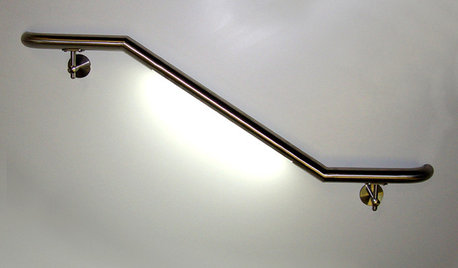
UNIVERSAL DESIGNDesign Safer Stairs and Halls With Universal Lighting Strategies
See how lighted handrails, stair treads and more can make navigating inclines and passages easier for all ages
Full Story
FLOORSFloors Warm Up to Radiant Heat
Toasty toes and money saved are just two benefits of radiant heat under your concrete, wood or tile floors
Full Story
DECORATING GUIDESWhat Matisse Can Teach Us About Interior Design
Learn to pack a punch with decor inspired by one of the most influential artists of the 20th century
Full Story
SAVING WATER11 Ways to Save Water at Home
Whether you live in a drought-stricken area or just want to help preserve a precious resource, here are things you can do to use less water
Full Story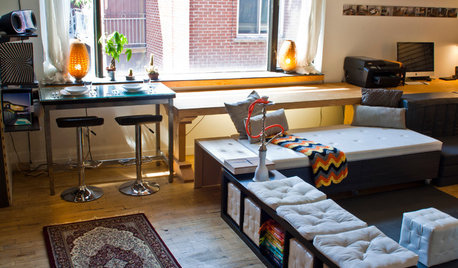
HOUZZ TOURSMy Houzz: Ultimate Live-Work Space Adapts to the Needs of the Day
Incredibly flexible and playful to boot, this 720-square-foot Montreal apartment and office expresses its creative side
Full Story
PHOTO FLIP94 Dream Bedscapes
Picture yourself in one of these settings for a stylish night’s sleep
Full StoryMore Discussions






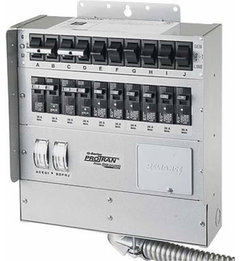
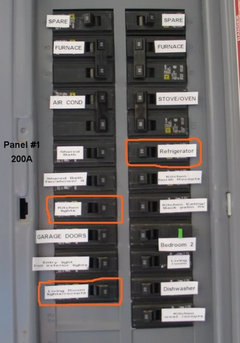
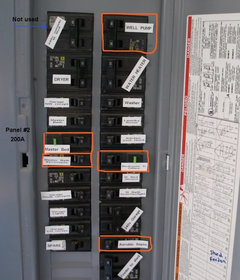
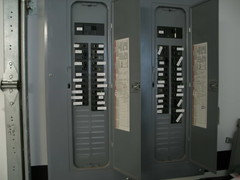
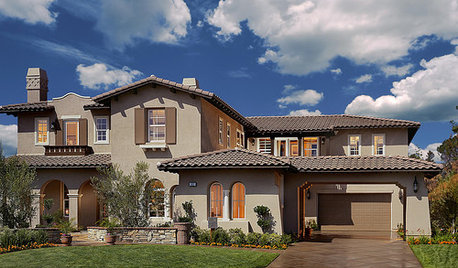
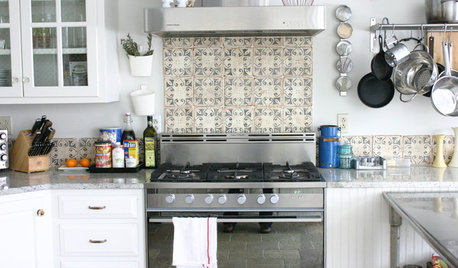



mike_kaiser_gw